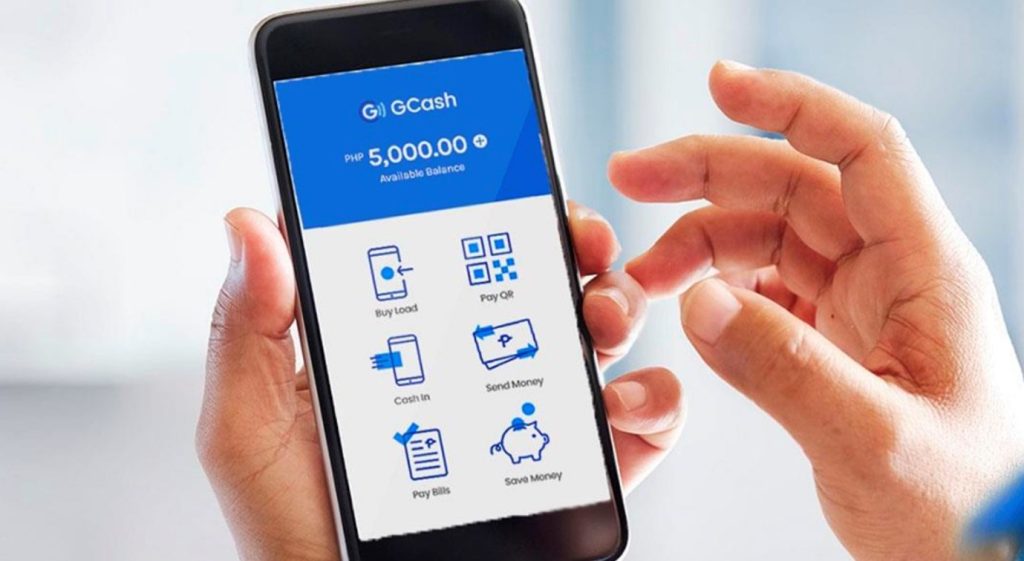Dubai’s multicultural workforce means millions transfer funds globally every month. But between fluctuating exchange rates, hidden fees, and regulatory nuances, how do you ensure your hard-earned dirhams reach their destination safely? Let’s break down everything you need to know, from bank transfers to cultural hacks only locals understand.
Understanding UAE’s Money Transfer Landscape
The UAE Central Bank regulates international transfers, requiring licensed providers for compliance. Banks, exchange houses, and fintech platforms dominate the market, but not all are created equal. For instance, the Dubai Financial Services Authority (DFSA) oversees free zone entities, adding layers of consumer protection. Did you know AED is pegged to the USD? This stability simplifies conversions but watch for mid-market rate markups.
Bank Transfers: Traditional but Reliable
Major banks like Emirates NBD and ADCB offer SWIFT transfers, ideal for large amounts or corporate payments. Processing takes 1-5 business days, and fees range from AED 50-150. Always request a “fee breakdown” to avoid surprises. Pro tip: Negotiate preferential rates if you’re a high-net-worth customer. Banks often waive fees for premium account holders.
Exchange Houses: Speed Over Substance?
Al Ansari Exchange and UAE Exchange dominate street corners, promising instant transfers to countries like India or the Philippines. Their rates are competitive, but compare their “We Sell” rate against Google’s real-time rate. For example, a 0.5% difference on AED 10,000 costs you AED 50. Many offer doorstep services in Dubai—handy for busy professionals.
Fintech Revolution: Wise, Revolut, and Beyond
Digital platforms like Wise (formerly TransferWise) use peer-to-peer networks to slash costs. Sending AED 5,000 to the UK could cost 0.6% versus a bank’s 3%. Revolut offers multi-currency accounts, perfect for freelancers paid in euros or dollars. However, Dubai’s strict fintech licensing means some apps lack local offices. Verify if your provider holds a DFSA or Central Bank license.
Cultural Nuances You Can’t Afford to Ignore
Sending money to South Asia? Hawala networks remain popular but operate in a regulatory gray area. While convenient for unbanked recipients, they lack traceability. Stick to licensed channels for amounts exceeding AED 3,500. Also, avoid transfers during Eid or Diwali—high demand spikes fees and delays processing.
Taxes and Reporting: Stay on the Right Side of the Law
The UAE imposes no income tax, but recipient countries might. For example, India taxes remittances above INR 7 million annually. The UAE’s Anti-Money Laundering (AML) laws require documentation for transfers above AED 3,500. Keep salary certificates and Emirates ID handy.
The Hidden Costs of “Zero Fees” Marketing
A provider advertising “zero fees” might compensate with poor exchange rates. Always calculate the total cost (fee + rate margin) using comparison tools like Monito or MoneyTrans. For instance, sending AED 20,000 via a “free” service could cost AED 200 more than a provider charging a flat AED 30 fee.
Recipient-Centric Strategies: What Works Where?
In Pakistan, bank deposits take days, but JazzCash delivers funds in minutes. For the EU, SEPA transfers are fee-free but require IBANs. African nations like Kenya prefer mobile wallets like M-Pesa. Confirm your recipient’s preferred method—saving them a trip to a remote bank branch builds goodwill.
Emergency Transfers: When Time is Money
Stuck in a crisis? Ria Money Transfer’s cash pickup option works in 160 countries, often within minutes. Fees are higher (up to 5%), but reliability trumps cost during emergencies. Pre-register with your provider to skip KYC delays later.
Leveraging Loyalty Programs and Seasonal Offers
Exchange houses like Al Fardan offer VIP tiers with better rates for frequent senders. Emirates Islamic Bank’s Ramadan promotions sometimes waive fees for charity transfers. Sign up for newsletters or follow providers on social media for flash deals.
Future Trends: Cryptocurrency and Blockchain
While the UAE embraces crypto (see DMCC Crypto Centre), using Bitcoin for remittances is risky. Volatility could erase savings from low fees. Stick to stablecoins like USDC if experimenting, and only via licensed platforms like Binance FZE.

www.few.ae Editor’s Pro Tip
“Always initiate a test transfer with a small amount before sending large sums. It reveals hidden hiccups, like incorrect beneficiary details or unexpected holds.”
Common Mistakes That Could Cost You
- Ignoring weekend cut-off times (transfers post-2 PM Friday may wait until Sunday).
- Misspelling names (even a typo can freeze funds).
- Forgetting to share transaction references with recipients (banks often require these for collection).
Your Money Transfer Checklist
- Compare rates on 2-3 platforms.
- Confirm total fees and delivery time.
- Ensure recipient details match their ID.
- Save transaction receipts for 12 months.
- Track the transfer until completion.
Navigating Disputes and Delays
If funds go missing, contact your provider immediately with the MT103 document (SWIFT audit trail). The UAE Central Bank’s Consumer Protection Department steps in if unresolved. For exchange houses, escalate via the Central Bank’s SANAD chatbot.
Final Takeaways for Stress-Free Transfers
Choose speed for emergencies, cost for routine sends. Build relationships with one or two providers for tailored deals. Stay updated on regulatory shifts—the UAE’s remittance laws evolve rapidly. With these strategies, your dirhams will glide across borders like a falcon in flight.


 then "Add to Home Screen"
then "Add to Home Screen"